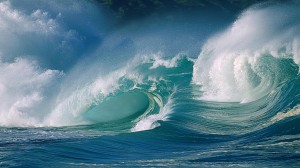 What type of weather pattern can we expect in the Seattle area this winter?
What type of weather pattern can we expect in the Seattle area this winter?
According to the latest NOAA forecast, “For more than a year now we have been experiencing a ‘La Nada’ weather pattern, with ‘El Niño’ to develop toward the end of the year.” Warming of the equatorial Pacific Ocean will trend toward a warm and dry fall and winter across the Pacific Northwest while sending the jet stream farther to the South bringing California much needed wetter weather. This means less snow pack and less lowland rain for the Seattle area.
However the NOAA stats suggest we are not in the El Niño pattern yet, with .46″ of rainfall this last Saturday and a weekly total of 2.18″ this past week. A monthly total so far of 2.90″ is less than the average monthly total for October of 3.24″.
A 2,000 sq ft home in Seattle could have collected 3,613.4 gallons of water from that 2.90″. With an average rainfall of 36″ that same home could collect almost 45,000 gallons. With approximately 12,000 gallons of storage, that home would have a budget of 3,750 gallon average monthly use and enough water stored to supply their summer demand.
Seattle is one of the best suited areas for rainwater catchment regardless of climatic weather patterns we face.

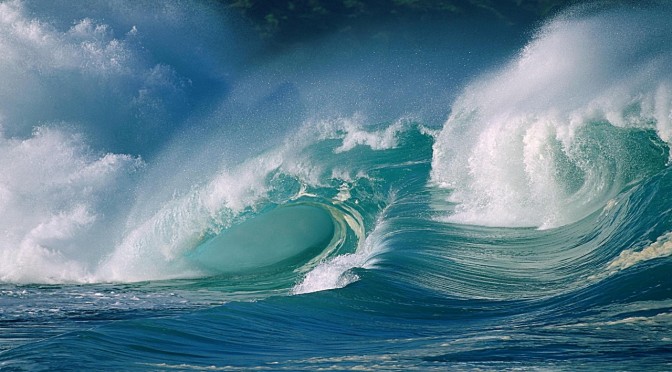
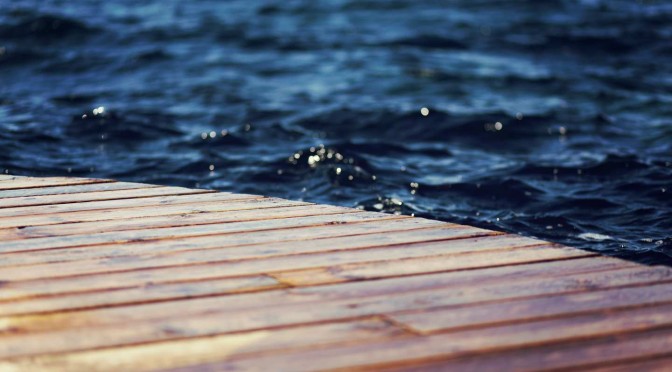
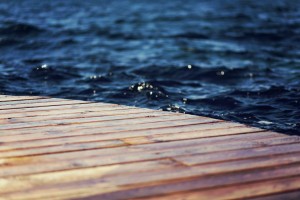 Do you think contaminated water only exists in developing countries?
Do you think contaminated water only exists in developing countries?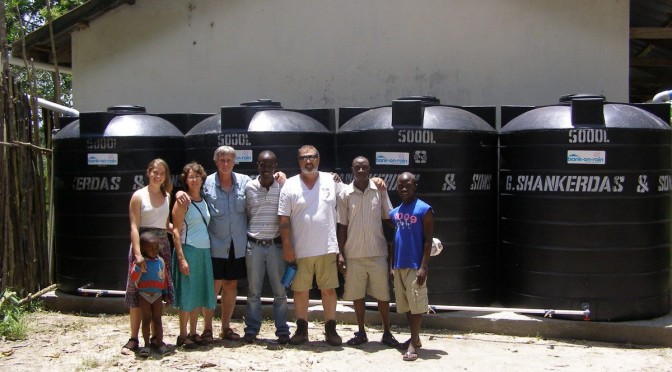
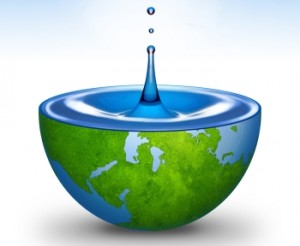 Throughout the world, more than 780 million people have no access to clean drinking water.
Throughout the world, more than 780 million people have no access to clean drinking water.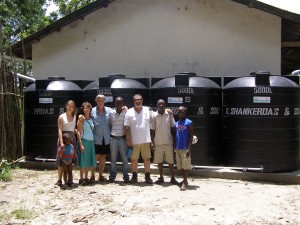 Simple techniques of rainwater collection and natural solar water disinfection can saves lives in developing countries. Rainwater collected from the roof and screened before storage comes in no contact with sewer materials or human feces, leaving only bacterial contaminants to be disinfected. This can be achieved as simply as filling a 1 litter, clear bottle with rainwater and leaving it in direct sunlight for approximately 4 hours or 8 hours in overcast conditions.
Simple techniques of rainwater collection and natural solar water disinfection can saves lives in developing countries. Rainwater collected from the roof and screened before storage comes in no contact with sewer materials or human feces, leaving only bacterial contaminants to be disinfected. This can be achieved as simply as filling a 1 litter, clear bottle with rainwater and leaving it in direct sunlight for approximately 4 hours or 8 hours in overcast conditions.